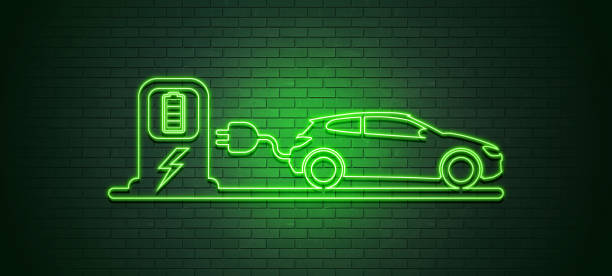As the world shifts towards sustainable transportation options, electric vehicles (EVs) are at the forefront of this transformation. In India, there are four primary types of electric vehicles, each with its unique characteristics and mechanisms. Let’s delve into these categories to gain a better understanding of EV technology.
Battery Electric Vehicle (BEV)
Battery Electric Vehicles, commonly referred to as BEVs or All-Electric Vehicles (AEVs), operate exclusively on electricity. These vehicles rely on a battery-powered electric drivetrain for propulsion, eliminating the need for internal combustion engines. BEVs can be charged by plugging them into the electric grid, and the stored electricity powers one or more electric motors to drive the vehicle.
Main Components of BEV: Electric motor, Inverter, Battery, Control Module, Drivetrain
Working Principles of BEV: BEVs convert DC battery power into AC power for the electric motor. The controller adjusts vehicle speed by altering the frequency of AC power to the motor. When decelerating or braking, the motor acts as a generator, sending power back to the battery.
Examples of BEV: MG ZS, TATA Nexon, TATA Tigor
Hybrid Electric Vehicle (HEV)
Hybrid Electric Vehicles, or HEVs, combine both an internal combustion engine (usually gasoline) and a battery-powered electric motor. The gasoline engine serves a dual purpose: it drives the vehicle and charges the battery when it’s depleted. HEVs are less efficient than fully electric or plug-in hybrid vehicles but offer a bridge between traditional and electric propulsion.
Main Components of HEV: Engine, Electric motor, Battery pack with controller & inverter, Fuel tank, Control module
Working Principles of HEV: HEVs use fuel to power the engine and electricity to drive the motor, both of which simultaneously rotate the transmission to propel the vehicle.
Examples of HEV: Toyota Prius and Hyundai Ioniq Hybrid
Plug-in Hybrid Electric Vehicle (PHEV)
Plug-in Hybrid Electric Vehicles, or PHEVs, combine the features of HEVs and plug-in electric vehicles. They include both an internal combustion engine and a battery that can be externally charged via an electric socket. This dual power source allows PHEVs to operate in two modes: all-electric mode, drawing power solely from the battery, and hybrid mode, utilizing both electricity and gasoline.
Main Components of PHEV: Electric motor, Engine, Inverter, Battery, Fuel tank, Control module, Battery Charger (if onboard model)
Working Principles of PHEV: PHEVs start in all-electric mode and switch to the engine once the battery is depleted. They can recharge their battery externally or through regenerative braking.
Examples of PHEV: Toyota Prius Prime, Chevrolet Volt, Ford Escape PHEV, BMW 330e, Mitsubishi Outlander PHEV
Fuel Cell Electric Vehicle (FCEV)
Fuel Cell Electric Vehicles, often referred to as FCEVs, utilize fuel cell technology to produce electricity directly from chemical energy. These vehicles typically use hydrogen as fuel, which reacts with oxygen in the fuel cell to generate electric power. FCEVs are known for their zero-emission characteristics.
Main Components of FCEV: Electric motor, Fuel-cell stack, Hydrogen storage tank, Battery with converter and controller
Working Principles of FCEV: FCEVs convert the chemical energy of hydrogen into electrical energy to power the vehicle.
Examples of FCEV: Toyota Mirai, Hyundai Nexo, Honda Clarity Fuel Cell, Mercedes-Benz GLC F-CELL
In conclusion, as electric vehicles continue to gain traction in the automotive market, understanding the distinct types of EVs becomes crucial for consumers looking to make the switch to cleaner and more sustainable transportation options.
As technology evolves and infrastructure improves, the landscape of electric mobility will continue to change, offering consumers even more choices for eco-friendly transportation. With a growing commitment to reducing carbon emissions and combatting climate change, the electric vehicle industry is poised for further innovation and expansion, promising a cleaner and greener future for all.



